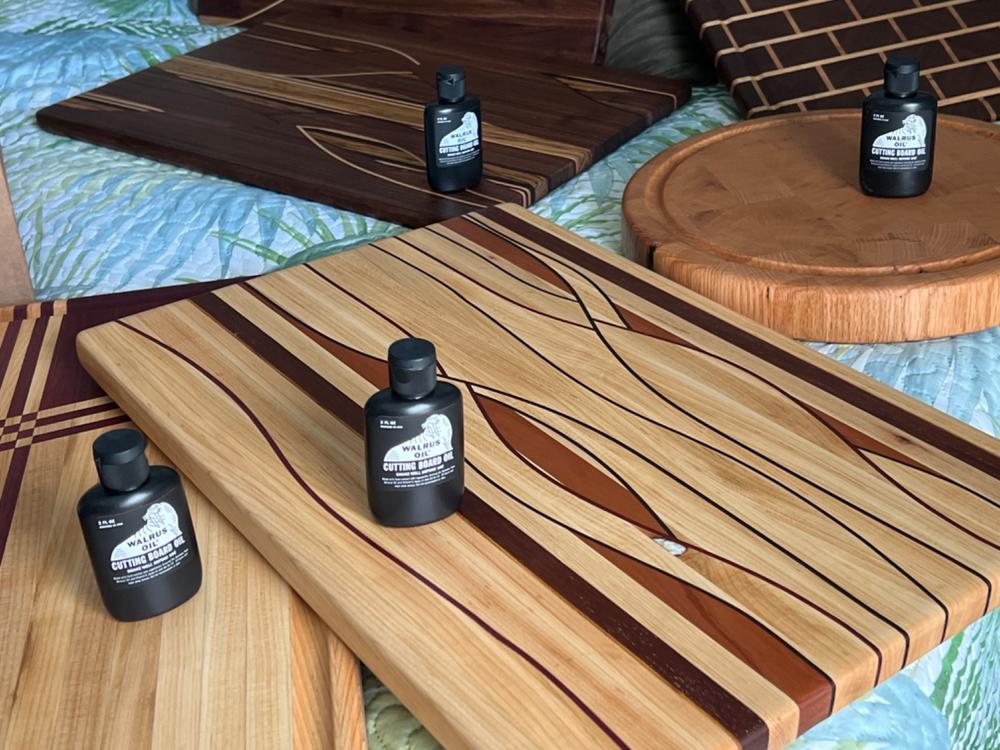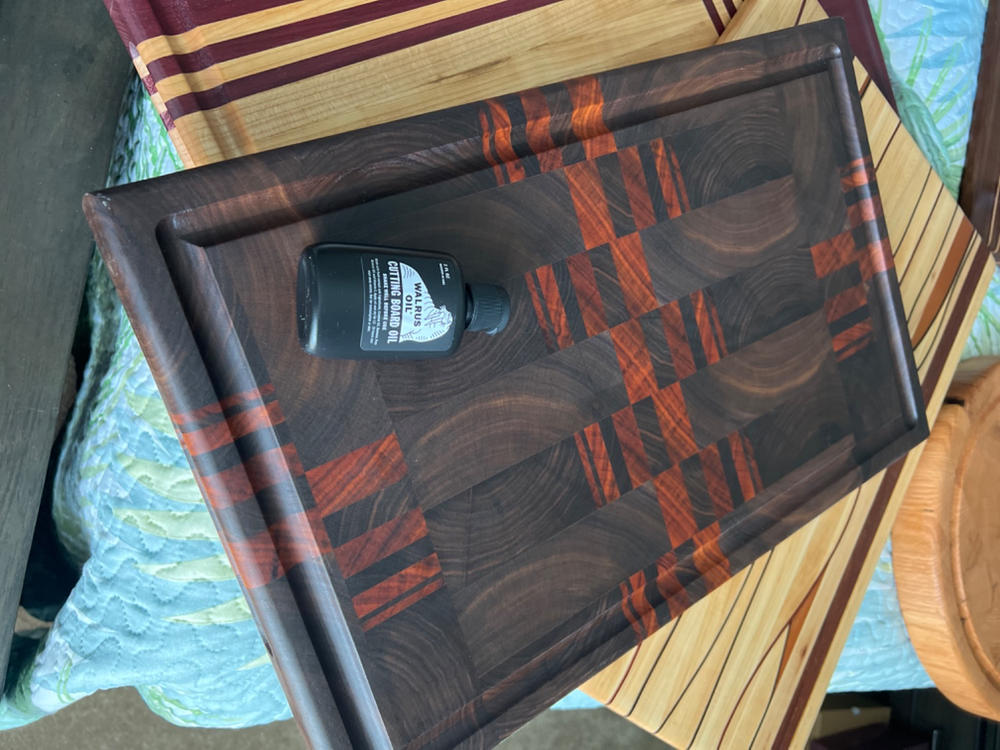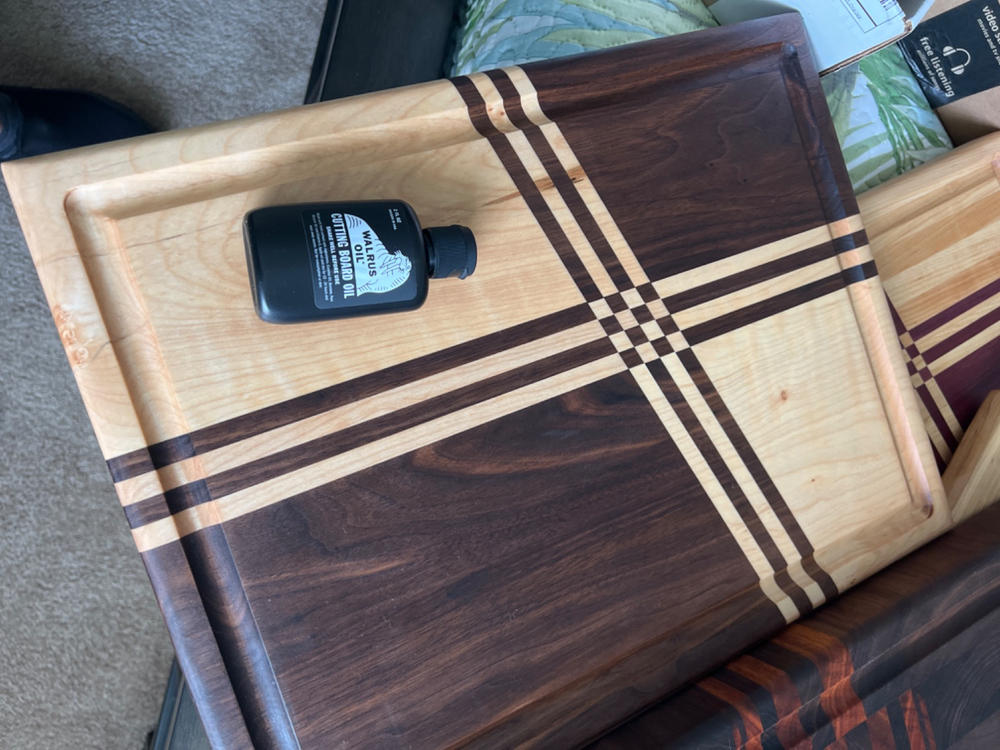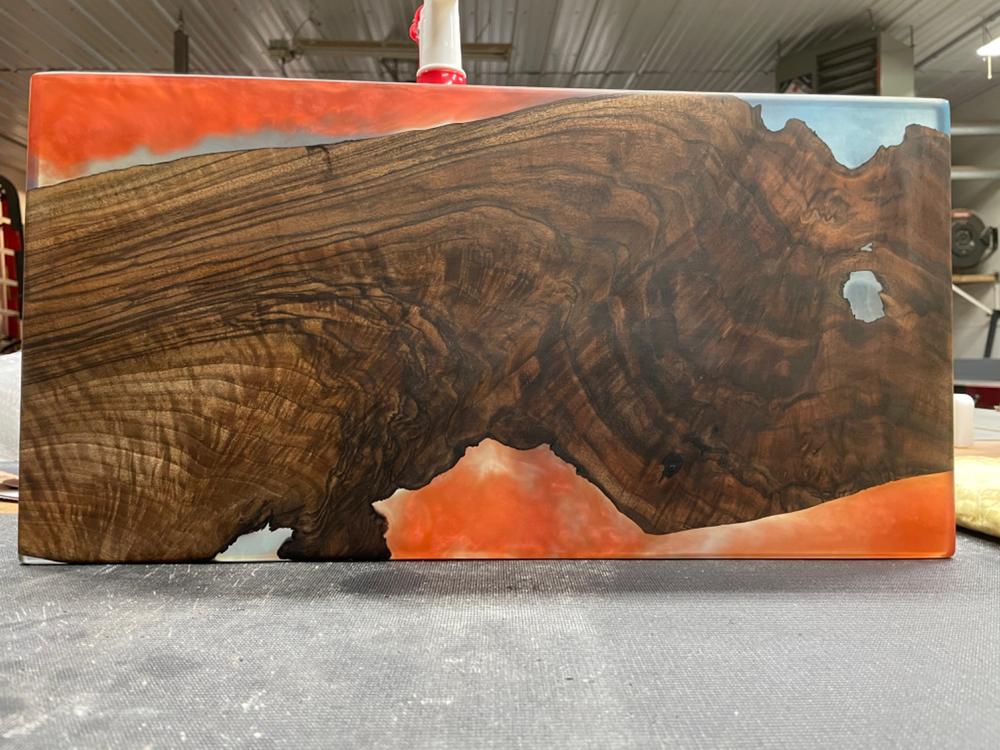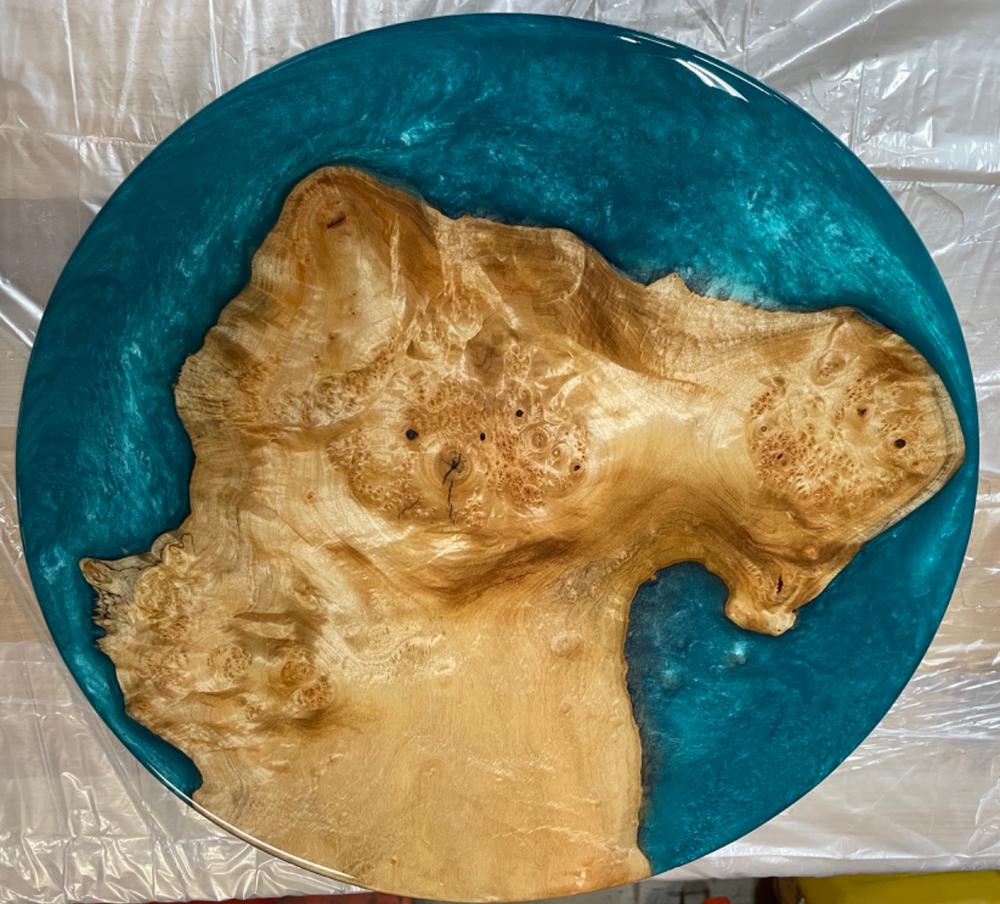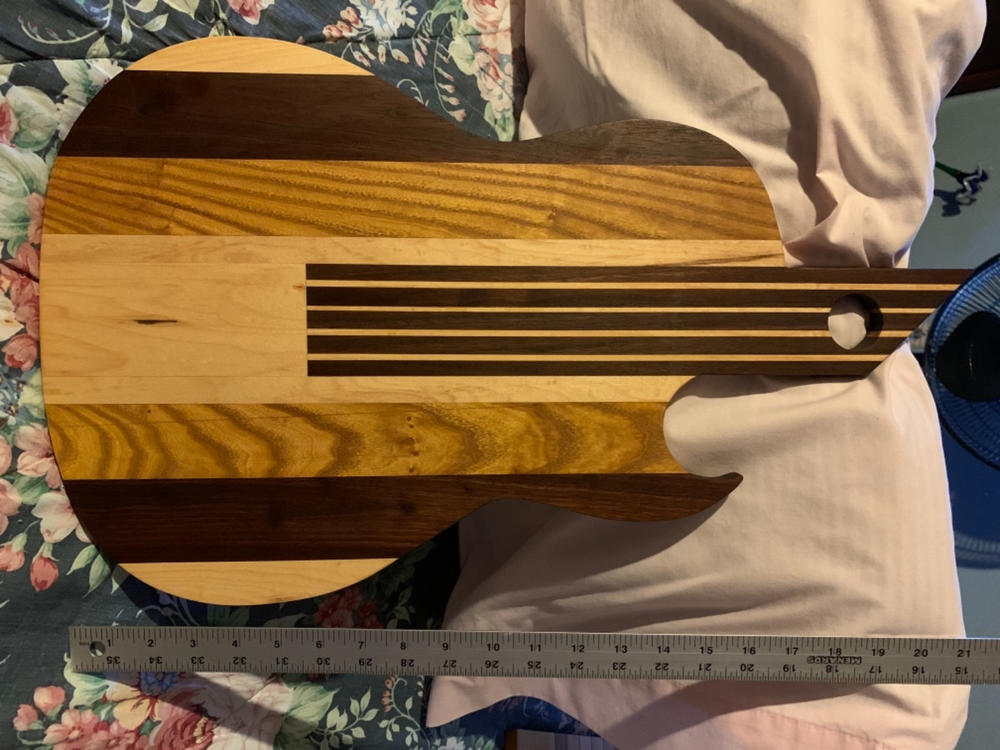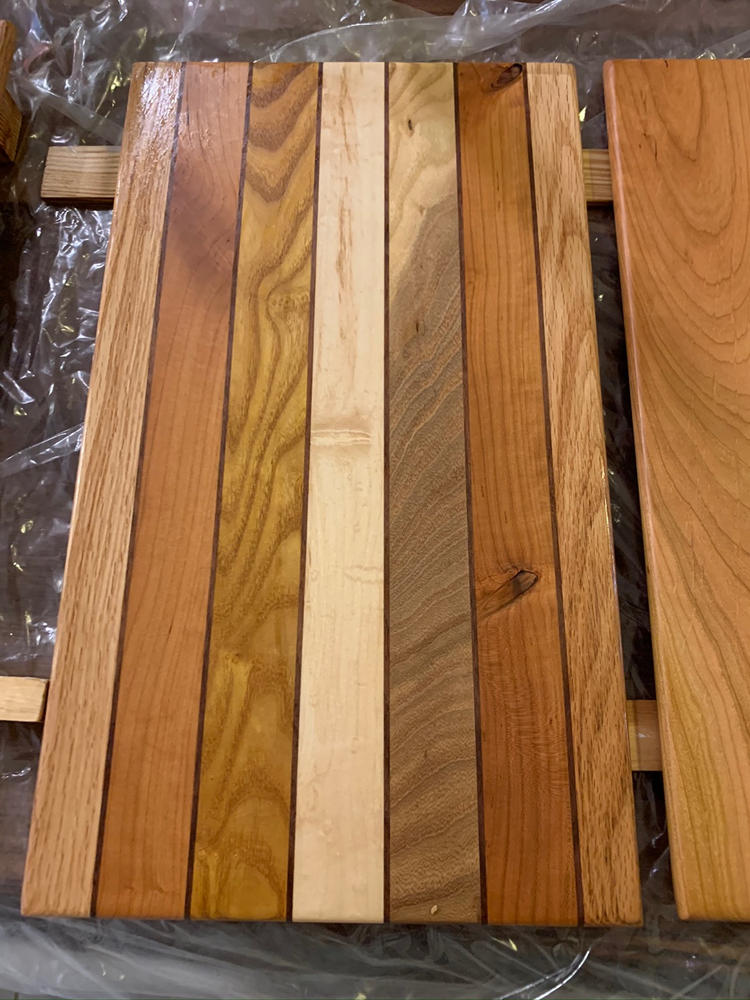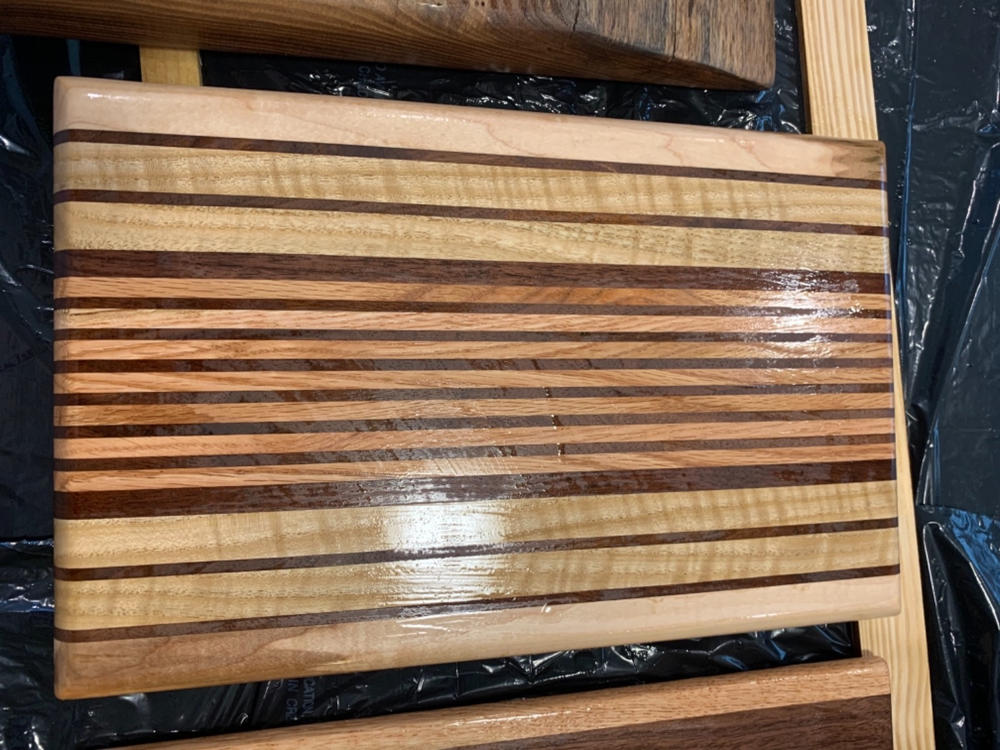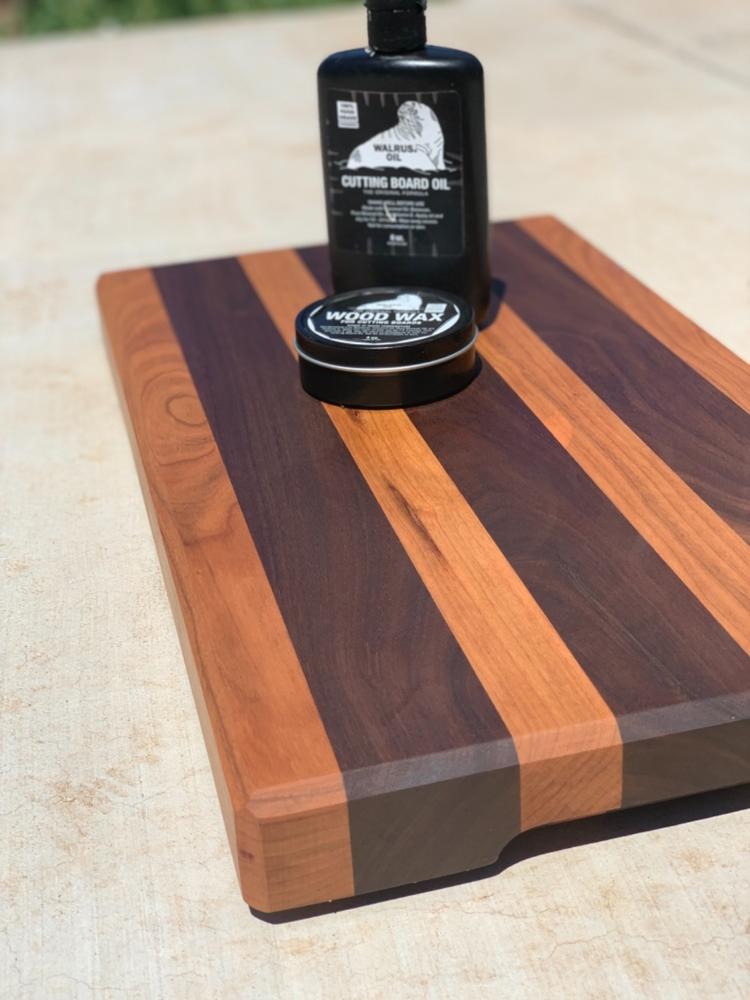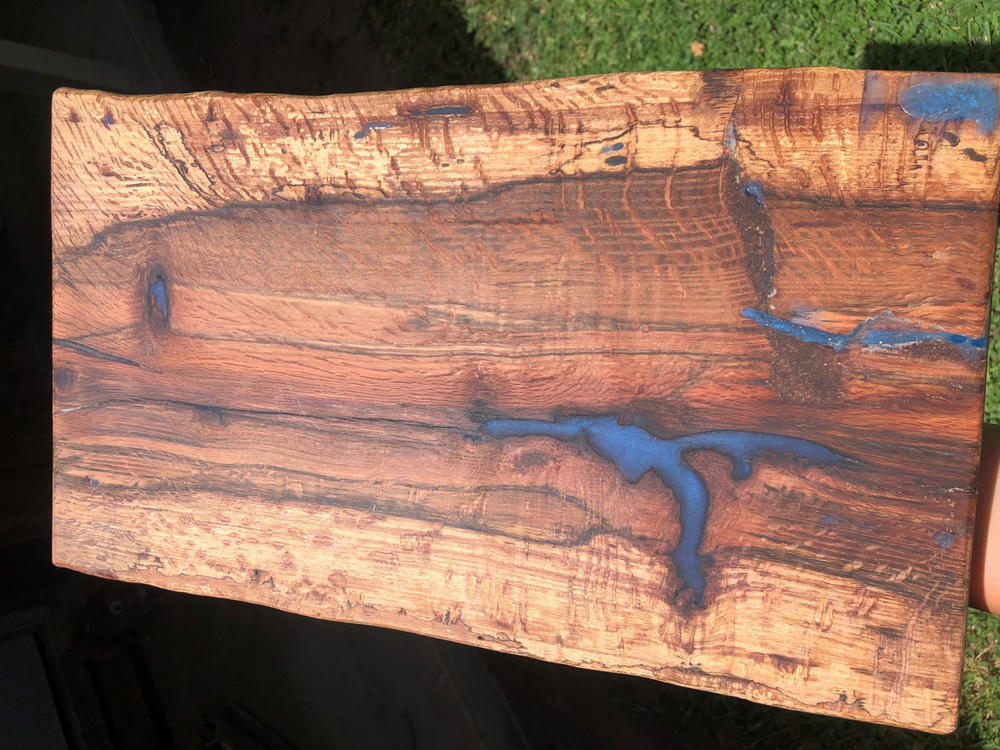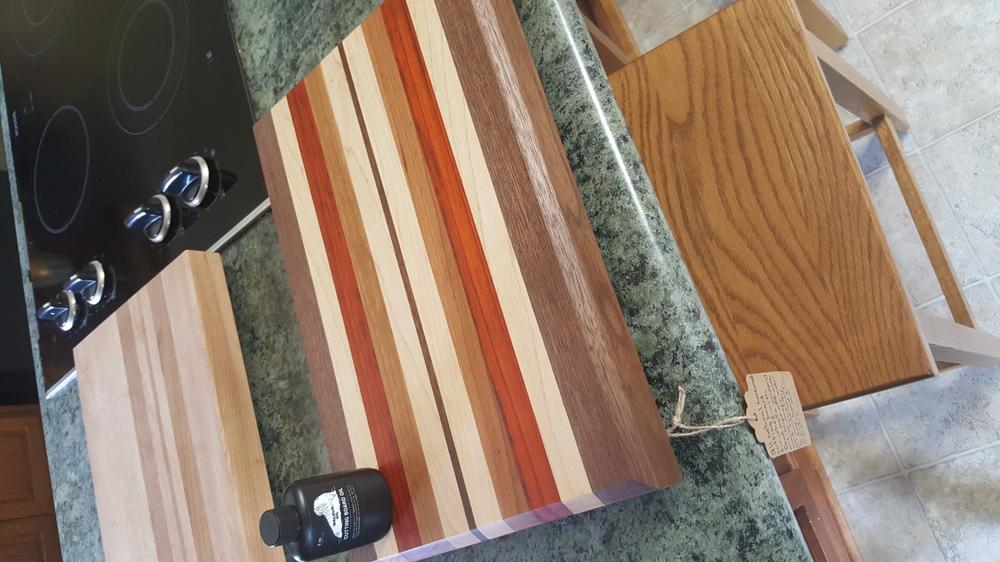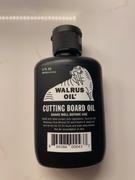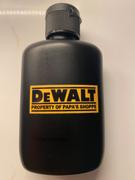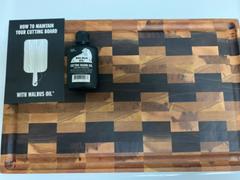Customer Reviews
4.8 Based on 60 Reviews
Customer Photos
- Reviews
- Questions
Filter Reviews:
BB
11/07/2024
Bradner B.
Great value-add for turners
I give these out with my turned bowls - customers love them!
GH
08/08/2024
Gavin H.
Perfect little 2 ou. bottles!
Great for gifting with projects—cutting boards, butcher blocks, charcuterie boards, etc.—for refreshing down the road! I like to personalize them.
MM
05/21/2024
Michael M.
great giveaways
I make and sell cuttingboards, and these are the perfect throw in when folks purchase from me. Easy and convenient
RL
01/12/2024
ROBERT L.
Great Product!
It was just what I needed; I know my customers will love the oil and will come back for more.
J
09/17/2023
Jim 
Perfect size for giveaways at markets with purchase. Customers dig it!




